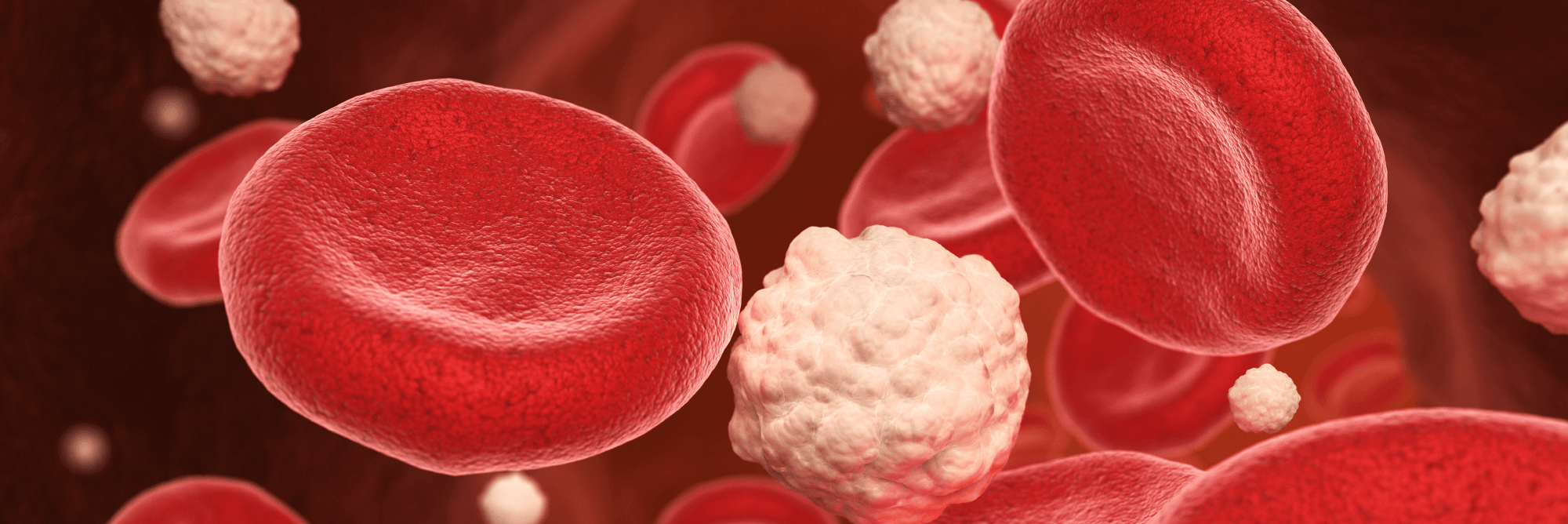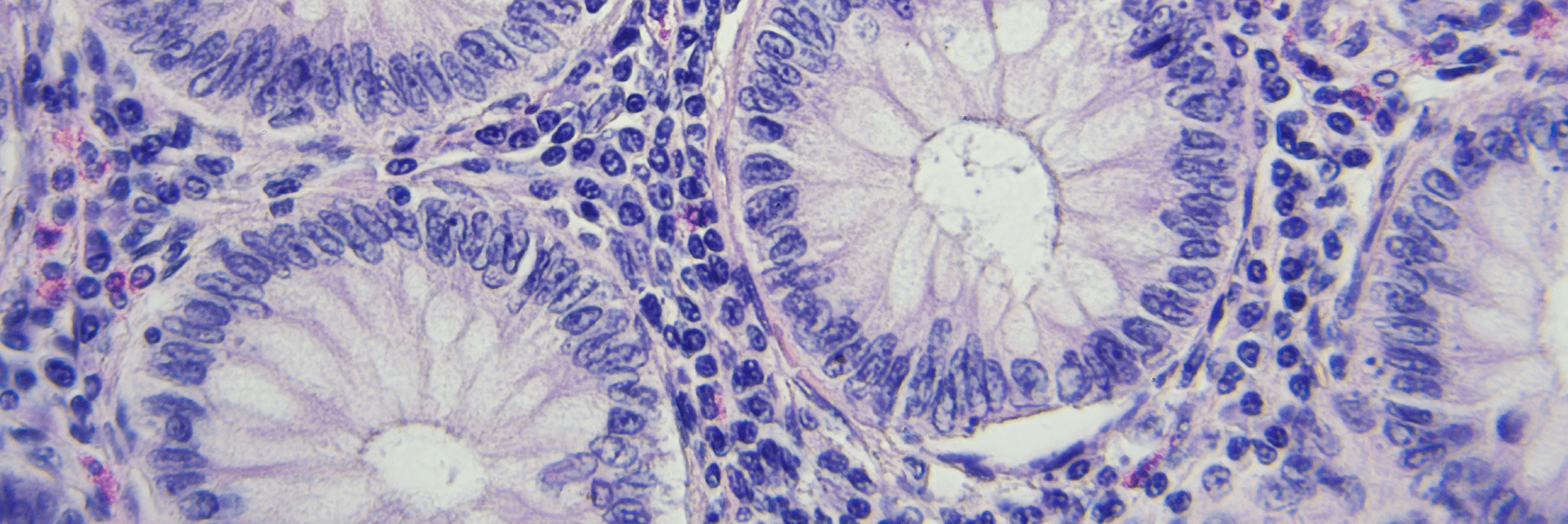The Burrow

The internet has changed the world. It provides oodles of information at our fingertips – and medical knowledge is no exception. It’s no surprise then, that search engines have become one of the first places we turn to when we suffer an illness.
“Dr Google” has become one of the primary sources of info on medical conditions and symptoms, so what are people searching for the most?
As experts in health insurance and helping Australians to get great medical care, we dived into the Google Trends data to find the top three most searched medical conditions for 155 countries across the planet. Here are the results.


Out of the 155 countries we gathered data for, 57 countries had diabetes in their top three. Countries where diabetes was the top result include Australia, Bahrain, Iceland, New Zealand, Norway, Singapore and The Bahamas. In the United Kingdom it was the second most-searched condition.
Diabetes is a chronic disease where the person with the condition has a pancreas that either doesn’t produce enough insulin (Type 1 diabetes), or the body can’t use the insulin it produces effectively (Type 2 diabetes). It can cause tiredness, blurred vision, thirst and damage the heart, kidney, eyes and nerves over time. The condition increases the risk of heart attack, stroke and kidney failure. Treatment involves insulin injections and careful blood sugar management.1

There were 50 countries that had cancer in their top three most-searched conditions. Cancer was the number one most-Googled health condition in Armenia, Burkina Faso, Guyana, Pakistan, Portugal, Rwanda, and Togo.
The term cancer can refer to a wide variety of diseases that are caused by abnormal cell growth within different organs or tissues in the body. These cells become uncontrollable and begin spreading to other parts of the body. It can be lethal, but can be treated through surgery or specific treatments like radiotherapy or chemotherapy.2

Searches for pain (results for terms such as abdominal pain and lower back pain were combined together) made the top three conditions across Countries that had pain as the number one most searched health condition included Andorra, Bangladesh, Ghana, Jamaica, Moldova, Nepal, Nigeria and Zimbabwe.
Everyone experiences pain at some point in their lives. Medically, there is acute pain (a natural reaction when something hurts your body) that is short-lived, and then there is long-lasting pain that stays with a person for three months or more, called chronic pain.3

Other top conditions include HIV, blood pressure, diarrhea, malaria and headaches. The table below lists the top 35 conditions that turned up in the top three results for 155 countries, and the number of countries that searched for each condition in their top three.
CONDITION | TOTAL COUNT |
Diabetes | 57 |
Cancer | 50 |
Pain | 38 |
HIV | 36 |
Blood pressure | 24 |
Diarrhea | 21 |
Malaria | 18 |
Headache | 16 |
Herpes | 16 |
Influenza | 15 |
Dengue fever | 11 |
Infection | 10 |
COVID-19 | 10 |
Allergies | 9 |
Fever | 9 |
Heart palpitations | 9 |
Cough | 8 |
Hyperthyroidism | 7 |
IBS | 7 |
Sinus headache | 7 |
Rhinorrhoea | 6 |
Hepatitis | 5 |
Physical therapy | 4 |
Pneumonia | 4 |
Anaemia | 3 |
Arthritis | 3 |
Lupus | 3 |
Pica (eating disorder) | 3 |
Sore throat | 3 |
Streptococcus | 3 |
Tuberculosis | 3 |
Fructose malabsorption | 2 |
Haemorrhoids | 2 |
Hypertension | 2 |
Lichen simplex chronicus | 2 |
To view the top three results in each country, click here.

Private health insurance can empower you with greater choice when it comes to your medical care. It can provide peace of mind by helping you avoid public waitlists and by making out of hospital services, such as physiotherapy, more affordable.
However, it’s important to know what’s included on your insurance policy. In Australia, there are two types of health insurance – hospital cover for medically necessary inpatient surgeries and treatments, and extras cover for treatment outside of hospital, such as physiotherapy and remedial massage.
Different conditions and their related hospital treatments are organised into clinical categories. There are then set levels of hospital insurance which each include a specific set of categories, with higher levels of cover including a wider range.
Compare the Market’s Head of Health Insurance, Lana Hambilton, states it’s crucial to navigate these clinical categories carefully, as it isn’t always straightforward.
“Sometimes a health condition may require treatment from multiple different clinical categories. Diabetes is an example of this. Hospital policies can include ‘Diabetes Management’, but ‘Insulin Pumps’ aren’t included in this and are instead listed as their own separate category,” Hambilton says.
“It’s also worth considering whether you could benefit from a combined hospital and extras policy. This will enable you to claim a benefit on relevant treatment both in and out of the hospital. For example, some health funds will pay a benefit towards diabetes support programs, blood glucose monitors, or swimming lessons if approved by a health professional to manage diabetes.”
Having a policy that includes hospital and extras can also be beneficial for specific conditions and treatments, including cancer and pain, two of the most commonly Googled health conditions. With cancer, some extras policies in Australia include skin cancer screening, while hospital cover can pay a benefit towards inpatient cancer treatment like chemotherapy.
Likewise with pain, there are different hospital treatments that can be included (depending on the cause of the pain), while extras cover can pay benefits for relevant treatment like physiotherapy or remedial massage.
“It’s important to make sure you get the coverage you need when purchasing health insurance. Our health insurance experts help Australians navigate the private health insurance space every day. This way, people are equipped with the cover that matters to them,” says Hambilton.
“Australians wanting advice around what type of policy to get can call our experts for advice.”
Using Google Trends and viewing the top results under the category “health conditions”, we found the top three results across the past 12 months for 155 nations. Terms that included the word “pain” were combined together (such as “back pain” and “abdominal pain”. We then counted the number of times each condition appeared in the top three results. Where a language other than English was used, this language was then translated into English for consistency. Data was gathered on 03/11/23.
References: